I have a wind turbine and I'd like to inquire about its compatibility with your products. Can the power generated by the turbine be used to directly charge the battery in your device? Additionally, are there any specific charging considerations or precautions I should be aware of?
Regarding the compatibility of your wind turbine for charging our equipment (using the Exodus 2400 as an example), please allow me to provide a detailed explanation:
DC Charging Input Specifications:
Our product supports a DC input voltage range of 12V-78V with a maximum input current of 13A.
Critical Requirement:
You must ensure that the DC output from your wind turbine is stable and regulated, and that its specifications fall within the above-mentioned range. Failure to do so may cause damage to the product.
Why is the fan inside my machine still spinning even after it's fully charged with no charging power?
Our fan operation logic is determined by the inverter temperature, battery cell temperature, and charging/discharging power. If your device is fully charged but the internal battery cells remain at a high temperature, the fan will automatically adjust its speed to reduce the cell temperature. This ensures both the safety of the battery cells and long-term performance.
I'd like to understand approximately how long the lifespan of a 4kW energy storage battery is. Additionally, what factors can affect the battery's lifespan?
Our product utilizes lithium iron phosphate (LiFePO₄ or LFP) batteries. Renowned for their exceptional cycle life, these batteries typically achieve 3,000 to over 5,000 charge-discharge cycles under standard testing conditions (generally defined as 25°C ambient temperature, 0.5C charge/discharge rate, and 100% depth of discharge).
This implies that, assuming one full cycle is completed daily, the theoretical lifespan could reach 8-12 years or longer.
It must be emphasized that the aforementioned lifespan represents a theoretical or ideal-condition target. Actual battery longevity will be significantly influenced by multiple factors, primarily including:
- Depth of Discharge (DoD): Frequent 100% deep discharges (0%-100% cycling) accelerate battery aging.
- Charge/Discharge Rates: Excessively high charging or discharging currents (high C-rate operation) hasten capacity fade and degradation.
- Operating and Ambient Temperatures
- Usage Frequency
My device triggered thermal protection during charging. I'd like to know whether this affects the battery, and if safety is guaranteed during usage?
The 'over-temperature protection' activation during charging that you mentioned indicates normal operation of the Battery Management System (BMS). This is an active protection mechanism, not a malfunction.
If triggered occasionally without sustained high battery temperatures (e.g., >50°C for over 1 hour), it typically has no significant impact on battery lifespan. However, frequent activation may suggest poor device heat dissipation or inadequate ventilation in its placement location.
Prolonged high temperatures accelerate electrolyte decomposition and electrode corrosion, resulting in faster capacity degradation. In such cases, we recommend contacting after-sales service to investigate the root cause.
Please rest assured that system safety remains completely under control as long as the protection mechanism triggers normally.
Why do the PV input and MPPT input voltages for solar charging specified in the product manual differ? What is the functional distinction between these two inputs?
PV input voltage refers to the maximum DC input voltage the device can safely withstand.
MPPT voltage indicates the effective operational voltage range where Maximum Power Point Tracking (MPPT) functions.
In other words, your solar panels will operate as long as their specifications fall within the PV voltage range. However, when operating within the MPPT voltage range, the system maximizes solar charging efficiency.






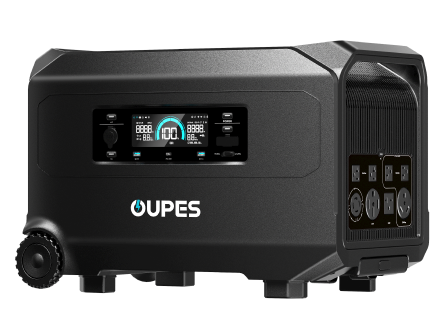
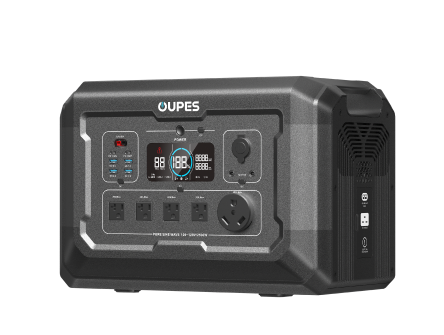
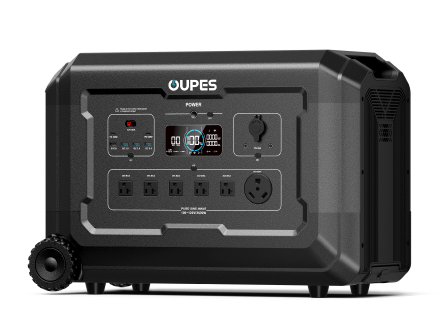
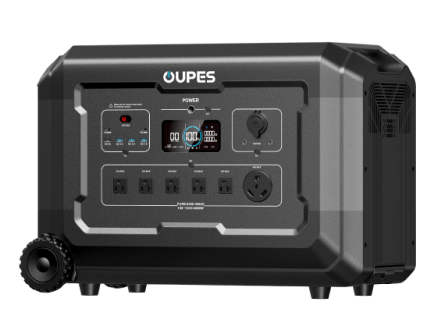
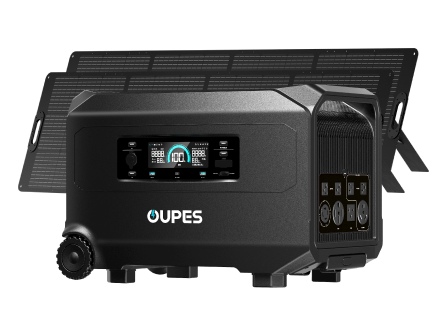

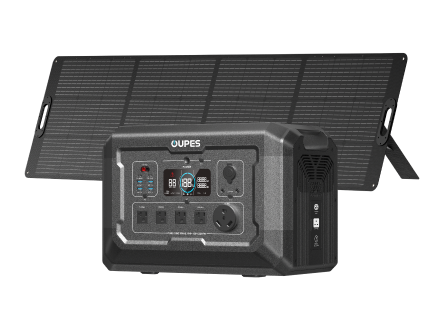

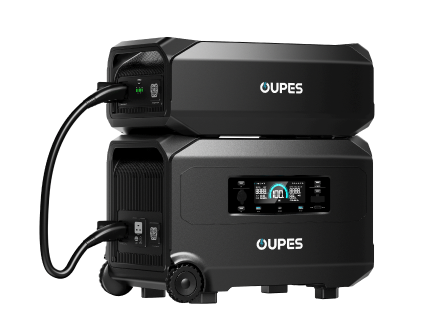

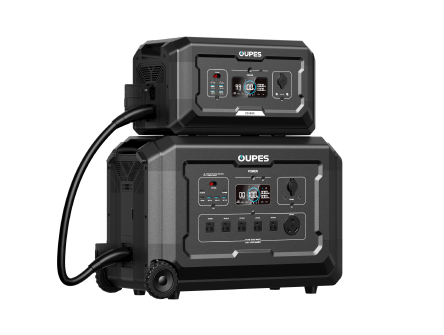
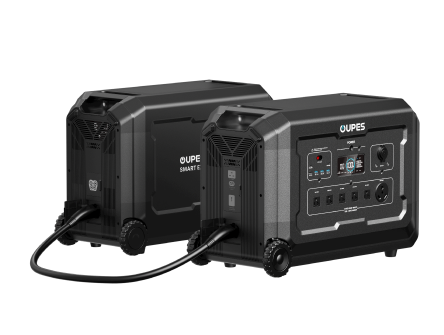
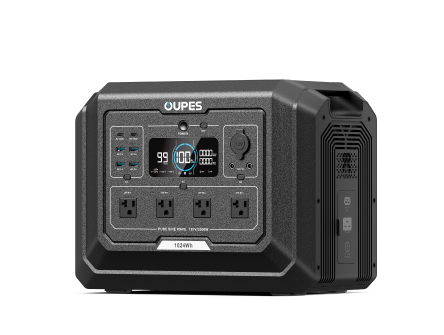



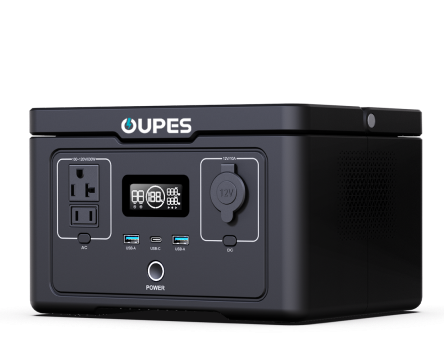


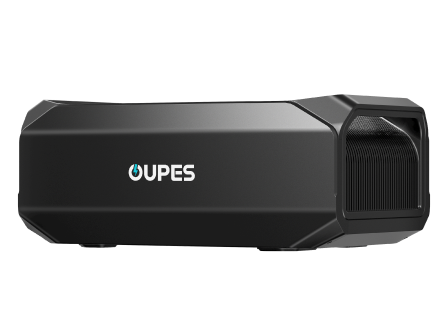
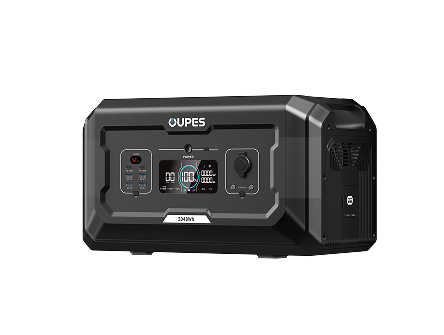

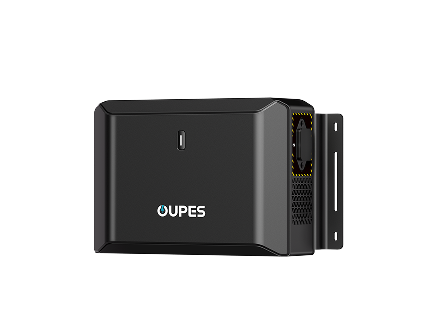






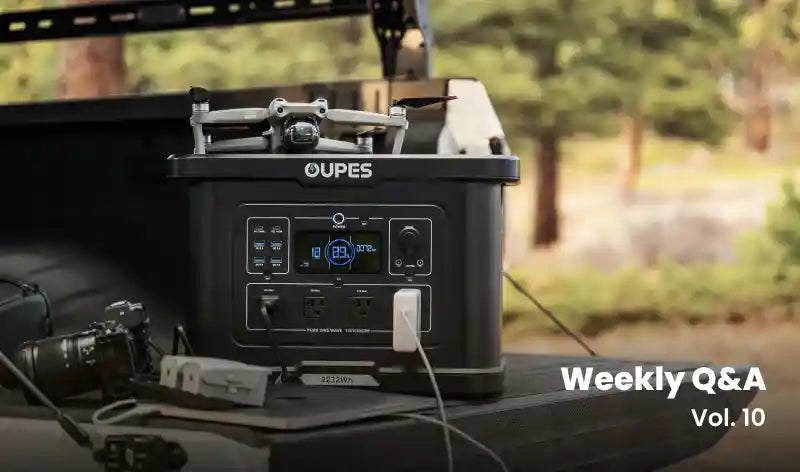

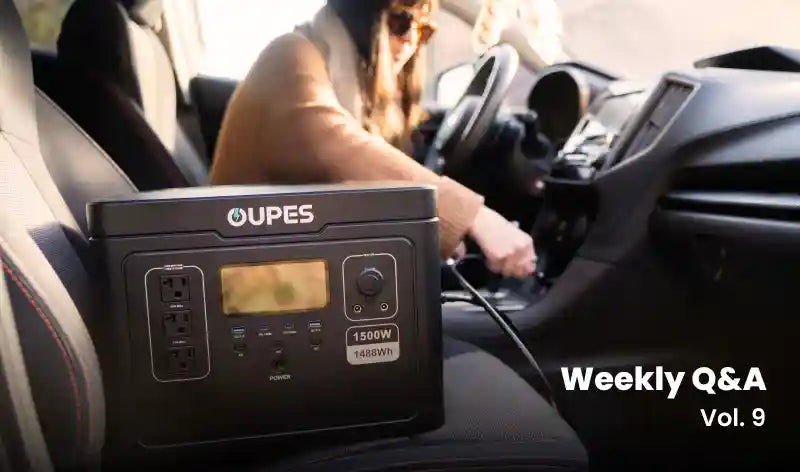
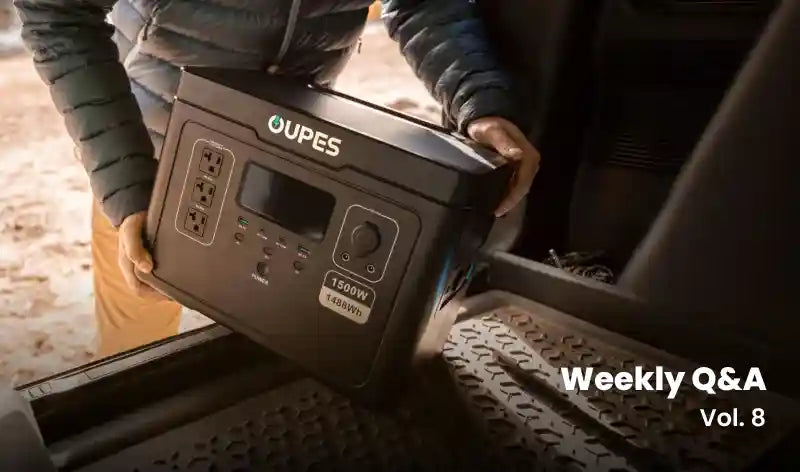
Leave a comment
This site is protected by hCaptcha and the hCaptcha Privacy Policy and Terms of Service apply.